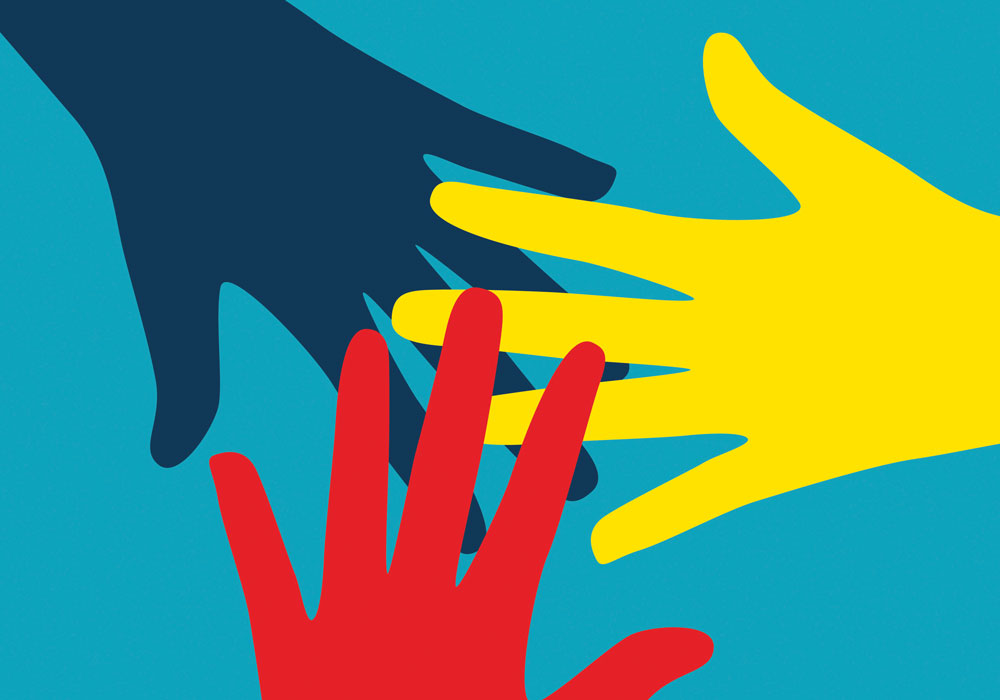Paper folding, also known as origami, has roots in several cultures, including Japanese, Chinese, and European. Origami’s exact origin is unknown. Although we have no concrete evidence of origami existing before 1600, a reference to origami butterflies in a 1680s poem suggests that it was an established art form with much older origins.
Japanese paper folding was initially known as orikata, meaning “folded shapes.” In 1880, however, the craft became known as origami, a term derived from the Japanese words oru, or “to fold,” and kami, or “paper.” Scholars aren’t sure why the terminology changed, although many speculated that the characters for new word were simply easier for schoolchildren to learn and write.
Most origami instructions were passed down through oral tradition. The oldest known written instructions about origami are Tsutsumi-No Ki by Sadatake Ise in 1764 and Sembazuru Orikata by Akisato Rito in 1797.
Akira Yoshizawa was the father of modern origami. He avoided the accepted cutting techniques used in traditional origami and instead pioneered new origami methods, most notably wet folding, which produces softer, more sculpted, and natural-looking lines. Yoshizawa designed countless iconic patterns and even developed a new way of diagraming instructions. He published Origami Tokuhon in 1957.
What the Evidence Tells Us
In addition to maintaining tradition and celebrating culture, origami is used today in early childhood education to enhance hand-eye coordination, fine motor skills, geometry, and mental concentration and is a therapeutic intervention for physical and emotional trauma.
How to Practice
Some suggested projects for all skill levels are linked in the sidebar, or check out the popular origami artists listed below for even more inspiration:






